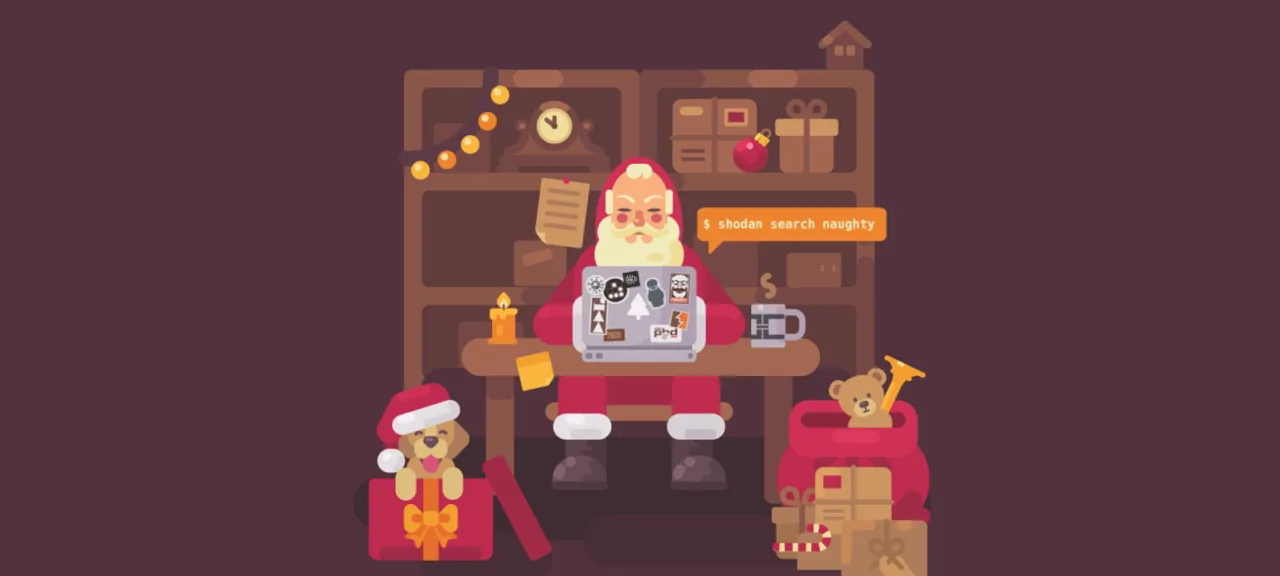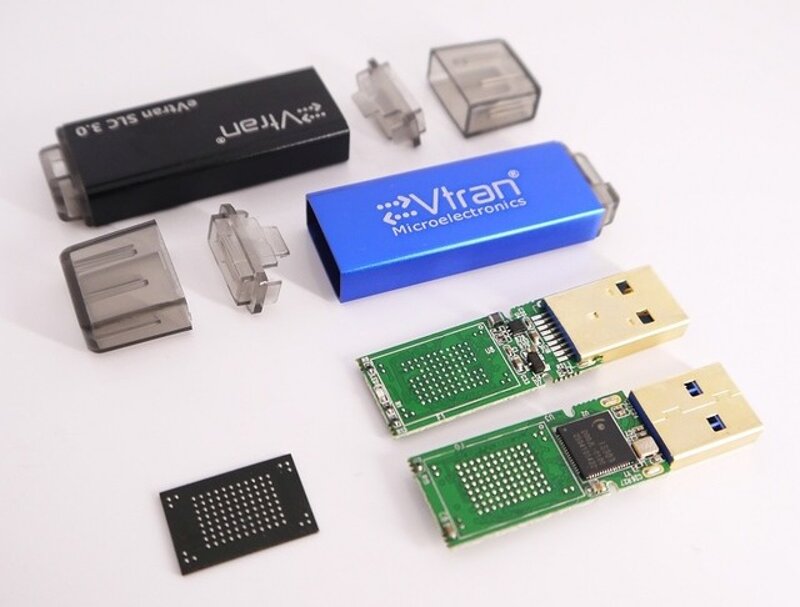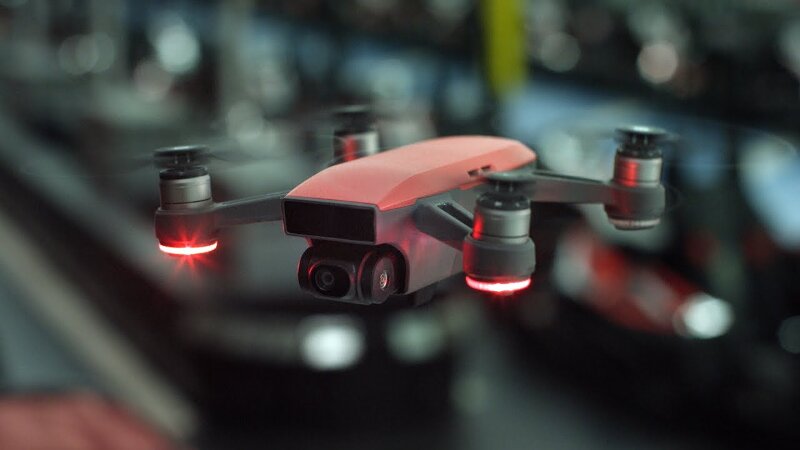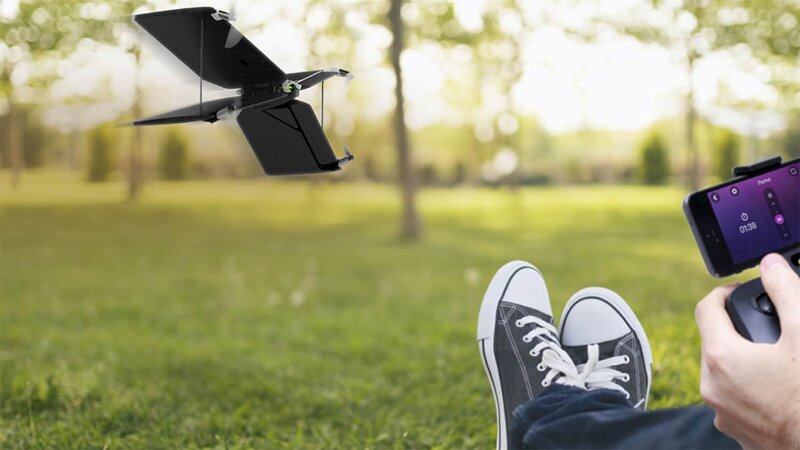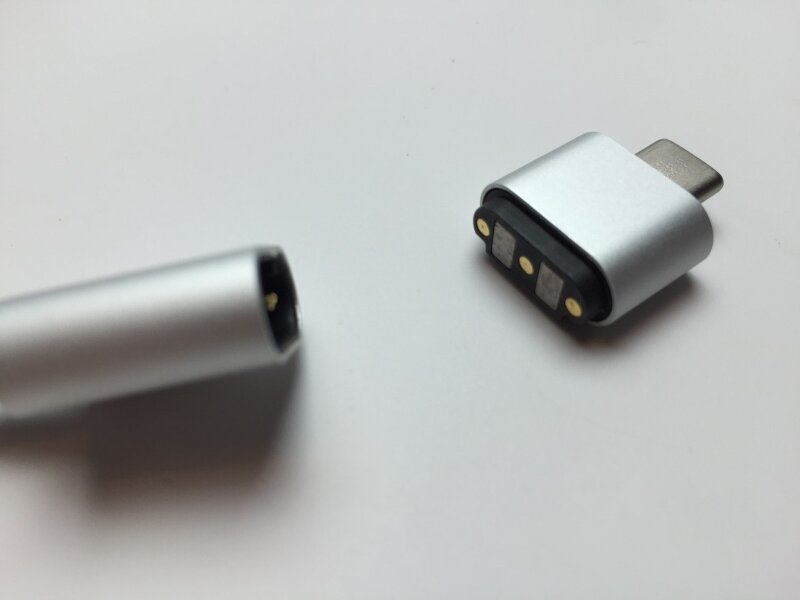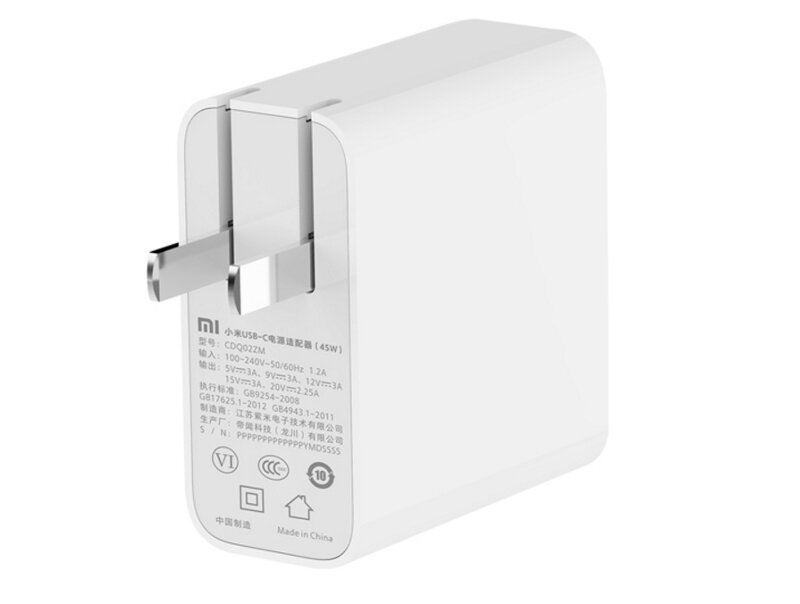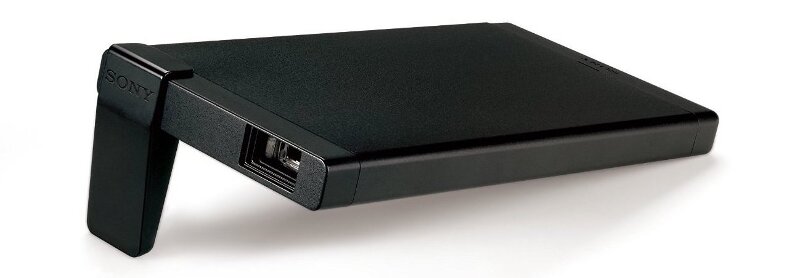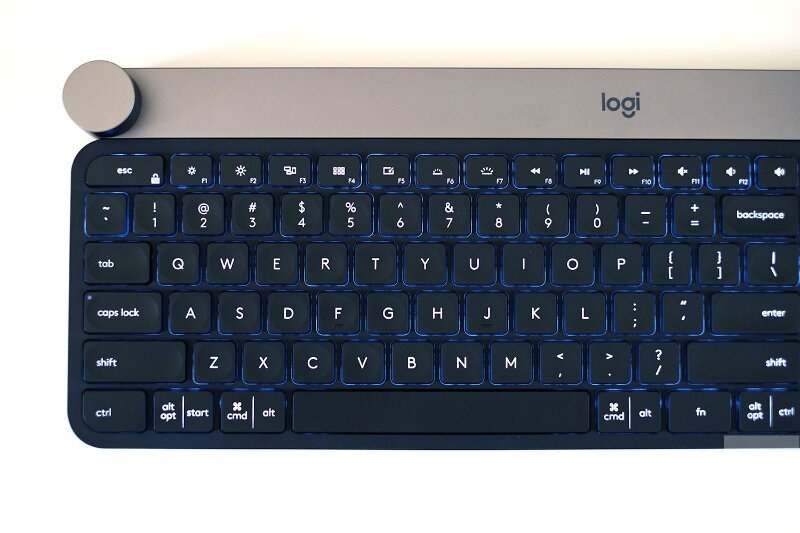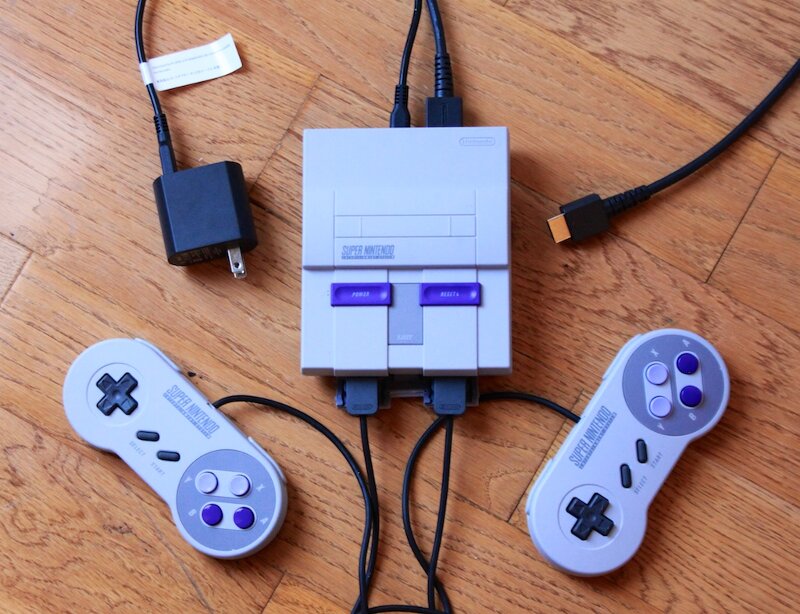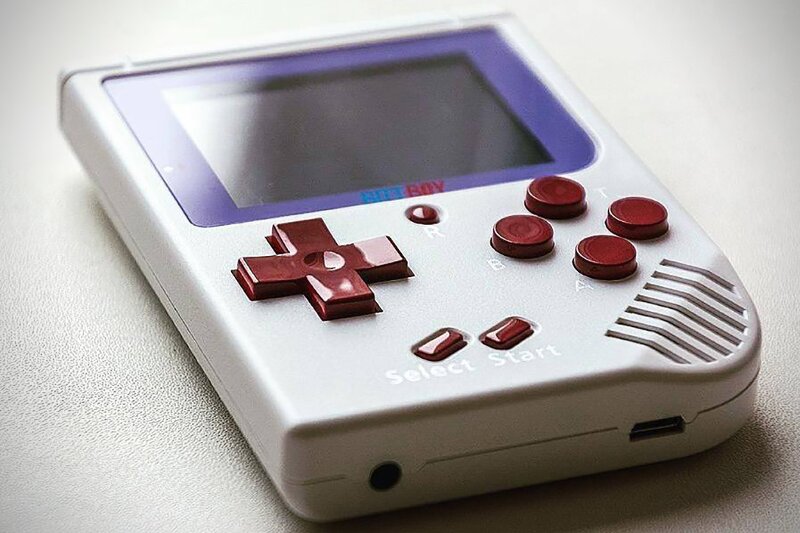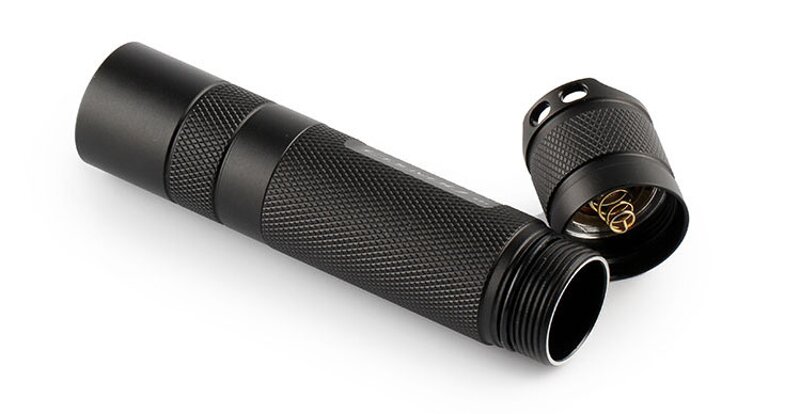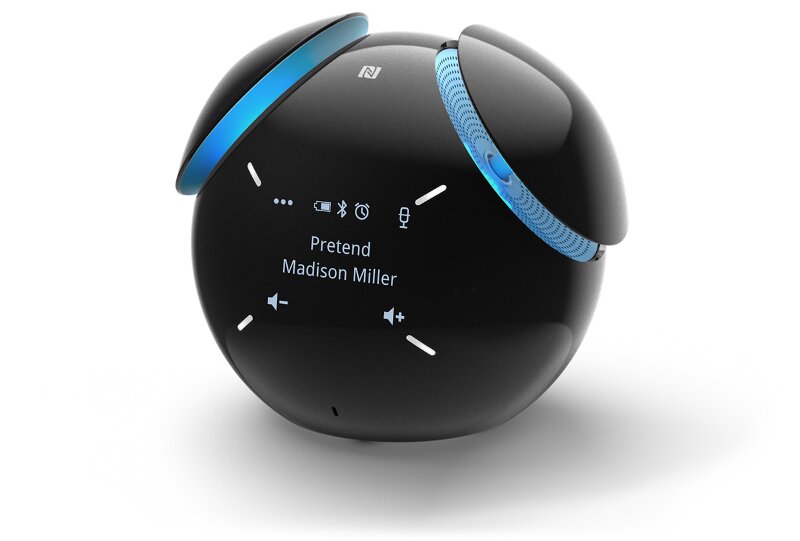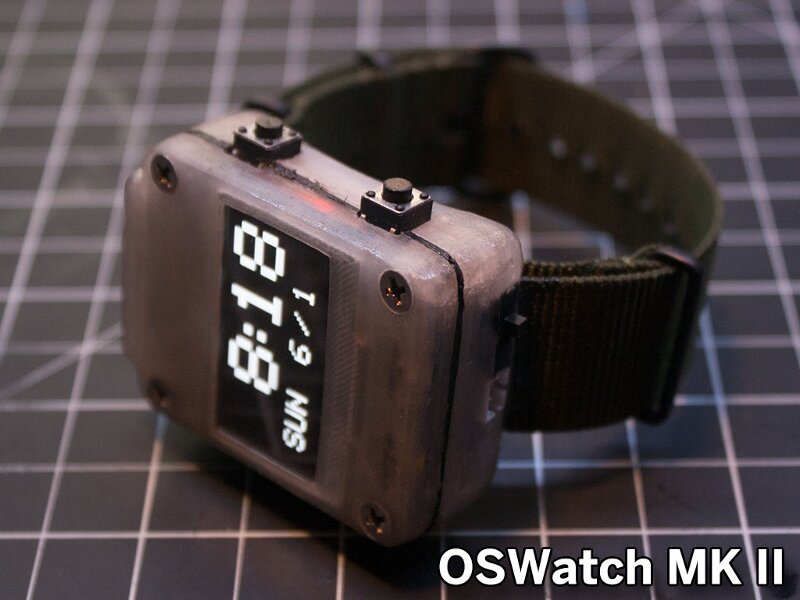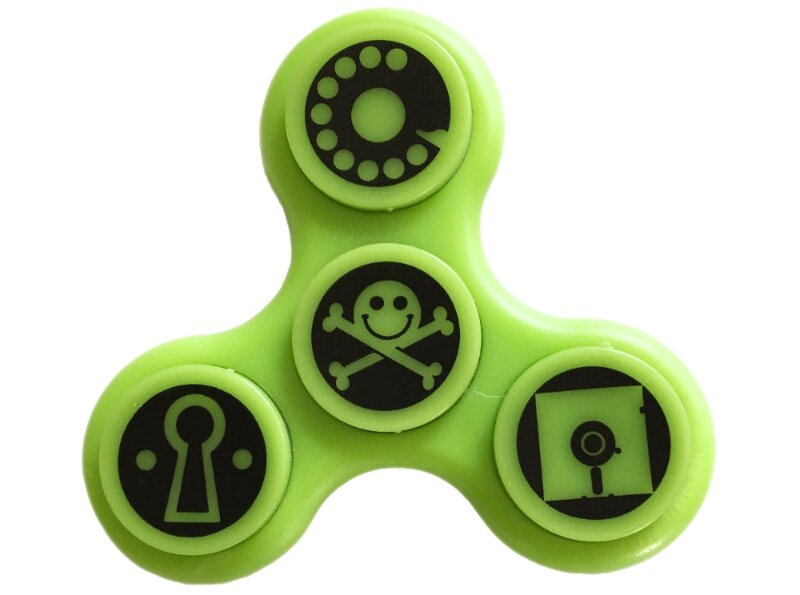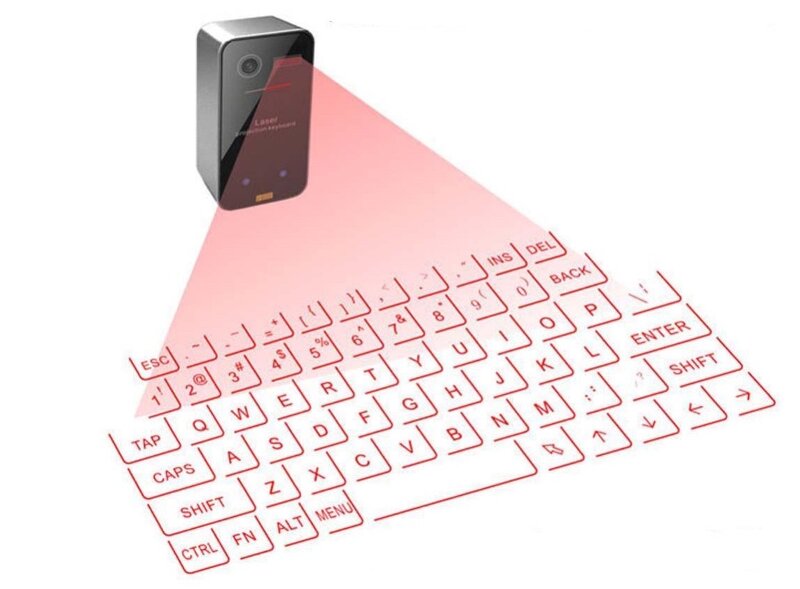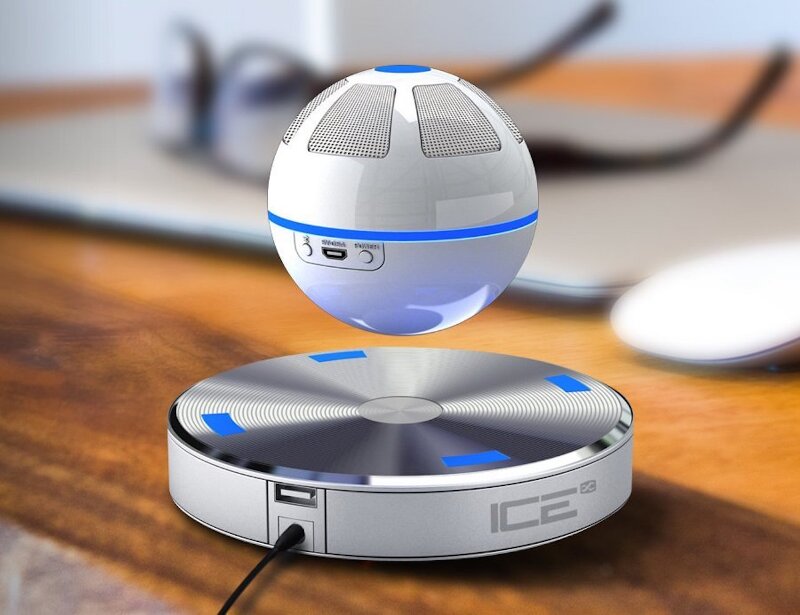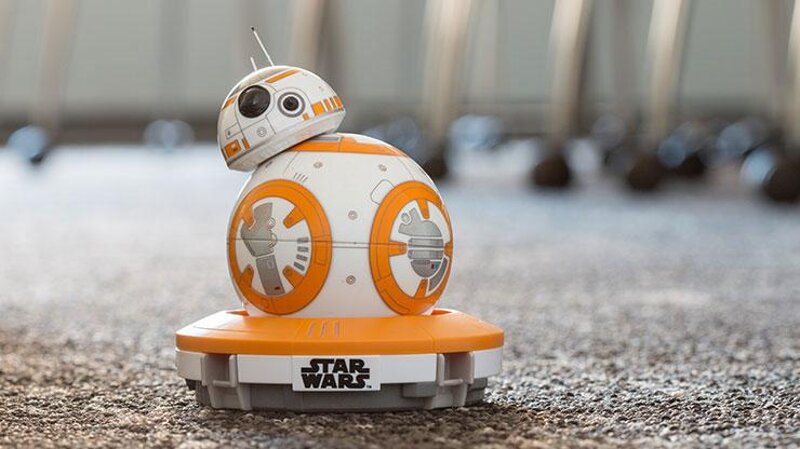Alright, let’s dive in! The order is random; the numbering is just for your convenience.
Ubertooth One

Ubertooth is an open‑source hardware tool for experimenting with Bluetooth and Bluetooth Low Energy. It can capture and demodulate RF signals in the 2.4 GHz ISM band, using 1 MHz channels and frequency modulation.
Why does this matter? Tons of devices connect over Bluetooth now—smartwatches, fitness bands, keyboards, even smart locks. Many of them don’t encrypt their traffic at all. You won’t be able to eavesdrop on a phone call over a Bluetooth headset right away—that would require full GFSK support and techniques for dealing with encrypted traffic. But you do have a real chance to hone your Bluetooth skills (and snag keystrokes from a keyboard and a couple of other devices along the way). The price of entry for this kind of fun is fairly modest—around $120.
Levenhuk DTX 50
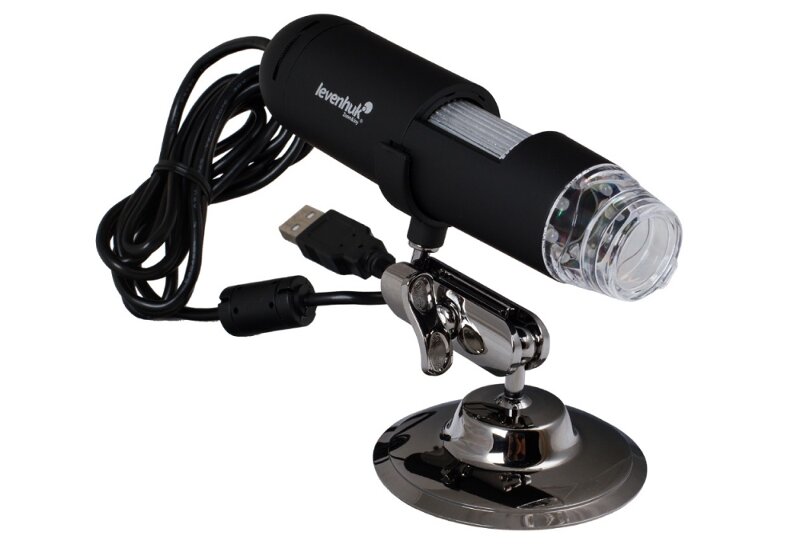
This digital microscope is a great tool for inspecting PCBs, evaluating solder quality, spotting micro‑defects, and reading chip markings. Essentially, it’s a slightly modified webcam with the front lens reversed. The mod adds a dimmable ring light, a focus adjustment ring, and a stand.
info
If it won’t lock focus, nudge the zoom a bit or try changing your distance to the subject. These microscopes use a very basic contrast-detect autofocus with low sensitivity, and at close range their built-in lighting can throw it off.
Philips Hue Starter Kit
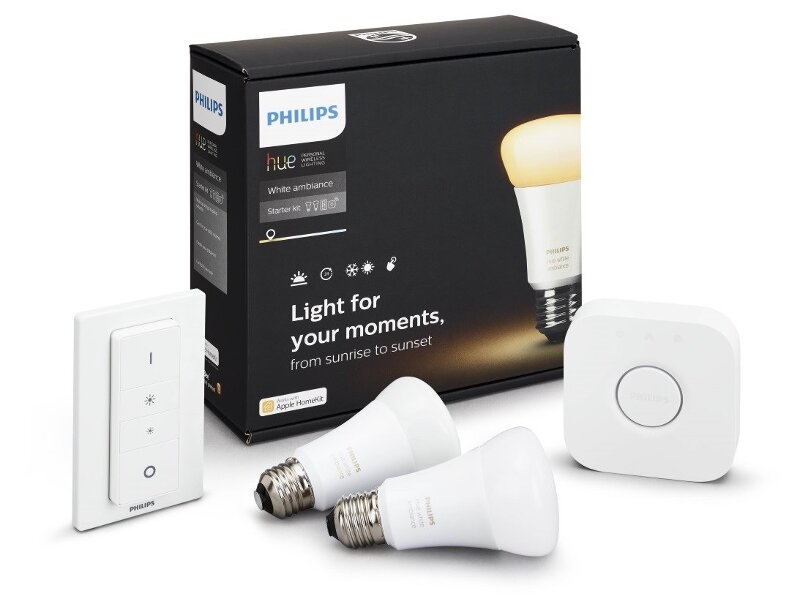
LimeSDR Mini
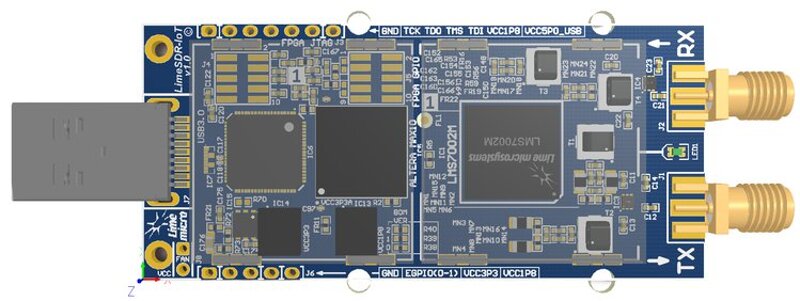
An SDR (software-defined radio) is a digital radio receiver with channel‑scanning capabilities, widely used for hacking and security research. You can attach various types of external antennas, and there’s a robust ecosystem of specialized software, including custom drivers and firmware.
The typical range of these devices is about 24–1700 MHz. That covers most of the interesting RF spectrum—from air traffic and municipal services communications to live transmissions from the ISS. It also includes control signals for electronic locks and public alert systems, broadcast TV and radio, and cellular networks. The scope for exploration is enormous! Read more in Hacker magazine.
The LimeSDR Mini is a budget-friendly SDR—the smaller sibling of the now-popular LimeSDR. For about $140, it lets you experiment to your heart’s content with RF traffic. If HackRF or bladeRF are out of your price range, this is worth a look.
Trezor Bitcoin Wallet
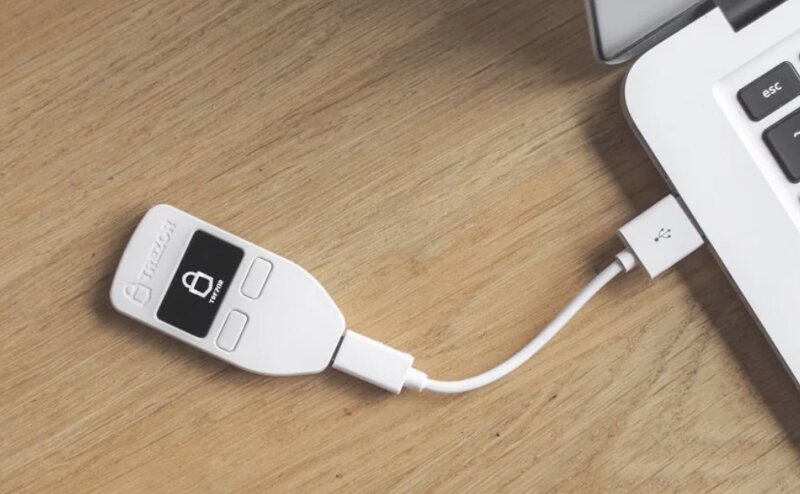
Hardware wallets for storing cryptocurrency appeared a few years ago, and the Trezor Bitcoin Wallet was among the first. Today, it’s one of the best ways to safeguard your wallet.dat and preserve your hard‑earned mining rewards. To make payments, you enter the unlock PIN and connect it to your computer via USB.
A six-line 128×64 OLED display shows information about ongoing actions. Transactions are confirmed using physical buttons. This ensures the transfer amount matches what you entered and the payment is sent to the specified address, even if it’s initiated from an untrusted environment (for example, on someone else’s computer).
Besides Bitcoin, the device supports various altcoins, including Litecoin, DASH, and Zcash. It’s powered by an ARM Cortex‑M3 microcontroller and runs a proprietary OS.
The Trezor Bitcoin Wallet supports Windows, Linux, Android, and macOS, but in practice you can use it with any OS that can run a browser. This handy device will set you back €90.
BeagleBone
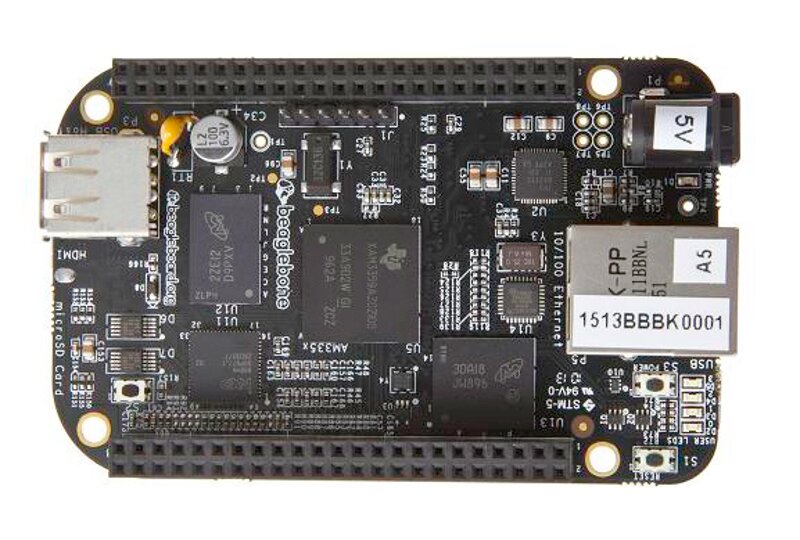
You’ve probably tried various single-board computers yourself and know the selection is huge—from the official Raspberry Pi, which makes a great gift for a beginner, to Chinese-made boards like the Banana Pi, better suited for your own experiments. But if you’re choosing a foundation for hacker gear, BeagleBoard is an excellent choice.
This board can serve as the foundation for a DIY router for Wi‑Fi hacking or as a dedicated station for diving into various interfaces. And it’s not just about popping root shells over UART or programming chips via SPI. There’s much more to explore. For example, you can pose as a malicious SPI slave device.
And arguably the biggest selling point is USB proxying, thanks to having both a USB host and USB OTG support out of the box. That’s rare for SBCs. Plus, there’s a lot of interesting software on GitHub. Pricing starts at about $50.
Alternatively, there’s always the Raspberry Pi. The 3B model with four USB ports is a great fit for beginners.
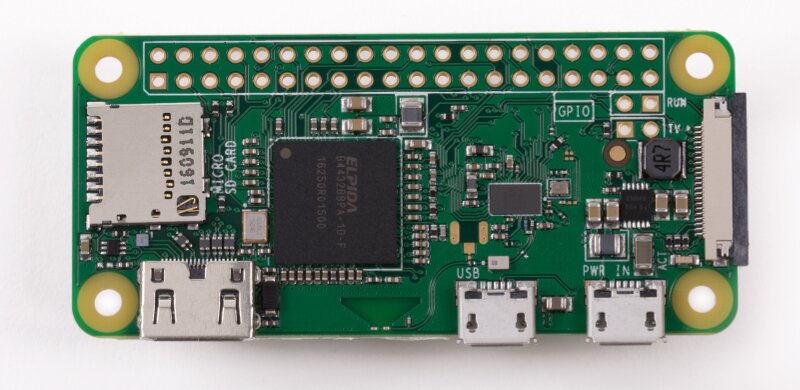
As a more budget-friendly option, consider the Raspberry Pi Zero W: it’s short on ports but does include Wi‑Fi and Bluetooth.
Orico HDD External Docking Station
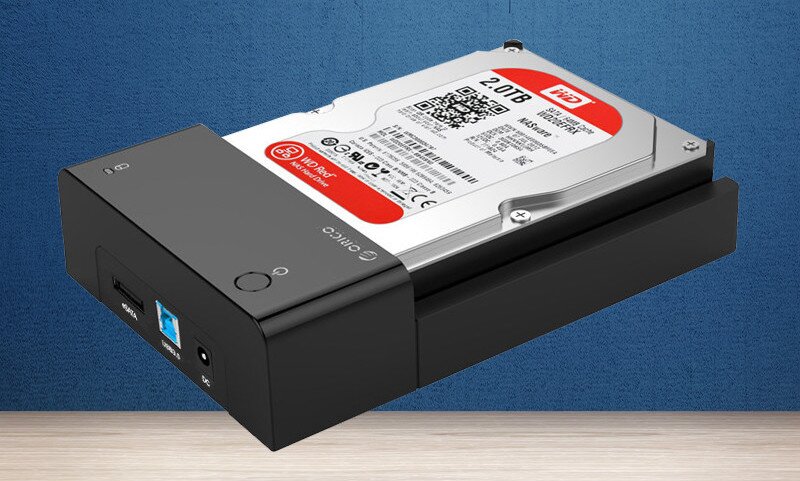
A docking station with eSATA and USB 3.0 interfaces for connecting SATA drives (HDD/SSD) of various form factors (2.5″/3.5″) and any capacity. Drives slot in with a single motion—like inserting a memory card into a card reader. No tools required. Passive cooling (silent!).
For especially hot drives, you can add a 120 mm case fan. It’s a perfect fit and can be placed right next to them. If you power it at 5 V (for example, from USB or an old phone charger), you’ll get virtually silent airflow.
Gear for geeks and power users is always produced in small batches. It disappears from shelves quickly, as happened with hard drive docks. Back in the day, Sarotech and ViPower shipped excellent eSATA drive cradles; now the market is flooded with cheap mass‑market USB 3.0 knockoffs.
Orico comes to the rescue here, and it’s only about $30. The same company also makes old‑school dock stations with eSATA, which lets you access drives without restrictions. Remapping bad sectors, modifying the HPA, adjusting AAM, and data recovery—all of that is only possible over a native interface.
Apple AirPods

If your friend is into Apple gear or at least uses an iPhone, AirPods should make them happy. They’re lightweight, sound decent for their size, and—most importantly—switch between devices without the usual Bluetooth headaches. Another nice touch: they automatically pause when you take one earbud out (and you can resume if you want).
Batband

Bone-conduction audio, which lets you ditch earbuds or over-ear headphones and route sound directly through bone, is hardly new. AfterShokz has been making such devices for years, and you can find plenty of clones on AliExpress. The problem is, most of them look so clunky you won’t want to wear them. Batband is a more elegant option that makes for a great gift. Price: $200.
Arduino Mini

The Arduino platform and its many Chinese clones are great for learning the fundamentals of microcontroller programming. With them, you can quickly learn to write control code, read data from sensors, and control just about any kind of device.
If you do give it as a gift, remind the recipient that it’s great for learning and prototyping. But trying to crank out your own BigDog or a tricked‑out smart home on Arduino and other off‑the‑shelf modules isn’t the best idea. You’ll end up moving to an ATmega328P or something similar anyway.
Techno Cube
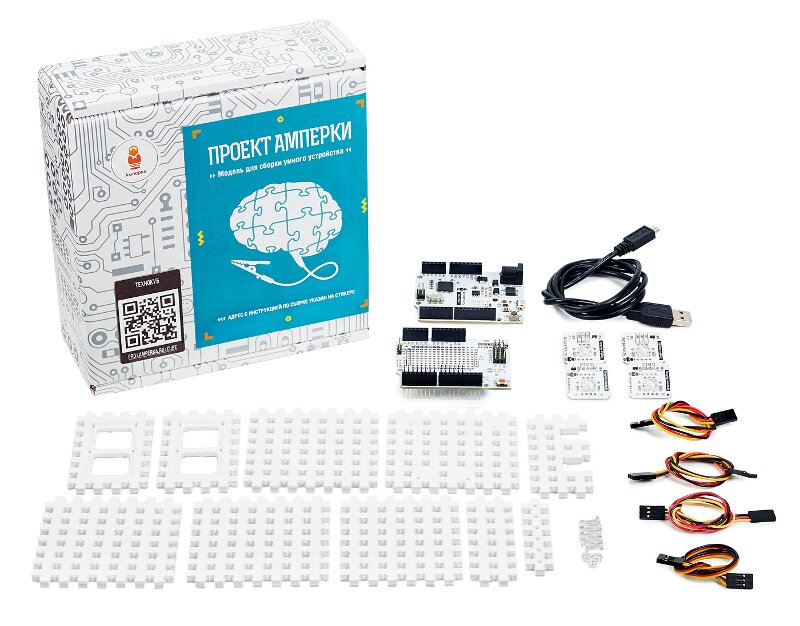
When you’re buying a beginner maker kit as a gift, it’s worth picking one that lets you build something that actually works right away. The Technocube—one of Amperka’s kits—fits the bill. It’s an LED cube that sits on your desk and alerts you about various things. But the real point is, of course, assembling it yourself.
STM32 Discovery
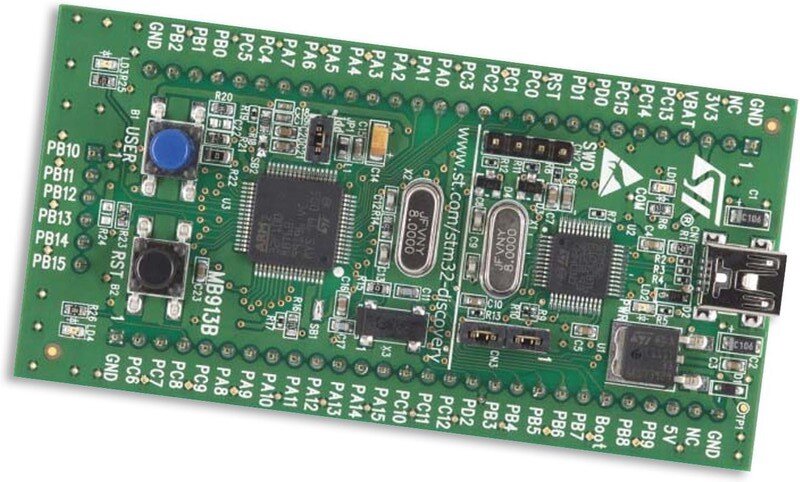
Official website, «Chip and Dip»
Serious embedded developers don’t stick with Arduino. Who still builds 8‑bit hardware in the 21st century when you can get a 32‑bit ARM from the STM32 family for the same price? If you compare Arduino boards to their STM32 counterparts one-to-one, you’ll find STM32 gives you more MHz, more kilobytes, and more interfaces for the same money.
We recommend starting with any development board from the STM32 Discovery family. One of the boards (typically an STM32F0) acts as the debugger for the other—the primary, more capable microcontroller. This is possible because the ST-LINK/V2 interface allows one STM32 to debug another.
The ST-LINK debugger chip on STM32 Discovery boards can be used to program or debug other ARM microcontrollers—not just STM32—by installing the official firmware that turns it into a J-Link.
A pair of jumpers controls signal routing between the chips, so if you want to flash a different ARM MCU, just set the jumpers and connect the target to the dedicated SWD header.
info
Since we’re on the topic of advanced microcontroller programming, here’s a software tip. When the Arduino IDE starts to feel limiting, it’s worth stepping up to STM32 development with the STM32CubeMX + System Workbench IDE combo. STM32CubeMX can generate code that initializes the hardware, sets up pin assignments, and configures the MCU clock. If needed, CubeMX can also add a minimal HAL or even integrate FreeRTOS into your firmware. System Workbench, in turn, is a customized Eclipse environment bundled with the necessary toolchains and a programmer/flashing utility.
HydraBUS
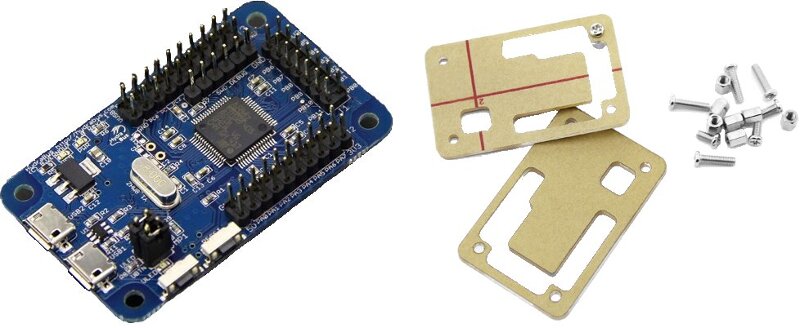
Another interesting STM32-based hacking tool is the HydraBus. This board lets you work with a wide range of interfaces on embedded hardware—often without writing any code. The HydraFW firmware provides a small, intuitive command interface, so you can start using any supported interface in minutes. It also supports scripting to automate common tasks. Scripts are stored on an SD card, and you can set one to auto-run at startup, which can be crucial in some scenarios. This handy device costs about €50.
HydraNFC
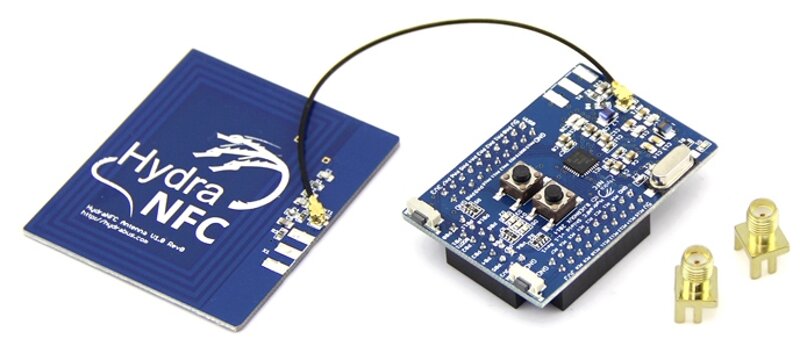
In addition to the HydraBus itself, there’s a hardware add-on aptly named HydraNFC. Right now, HydraBus + HydraNFC is the best kit for NFC hacking. A big part of that is the ability to script attacks. And it’s also much cheaper than the well-known Proxmark.
Let’s be honest: it’s a lot easier and stealthier to hit a turnstile’s card reader with a small gadget that logs traces to an SD card than to stand there with a laptop and a dev board, waiting for security to show up with awkward questions. That said, we strongly advise against doing anything like that. What we do recommend is picking up a HydraNFC—for your friend and for yourself. The board on its own, without the HydraBus, runs about €80; the full kit is €150.
MiniPro tl866cs
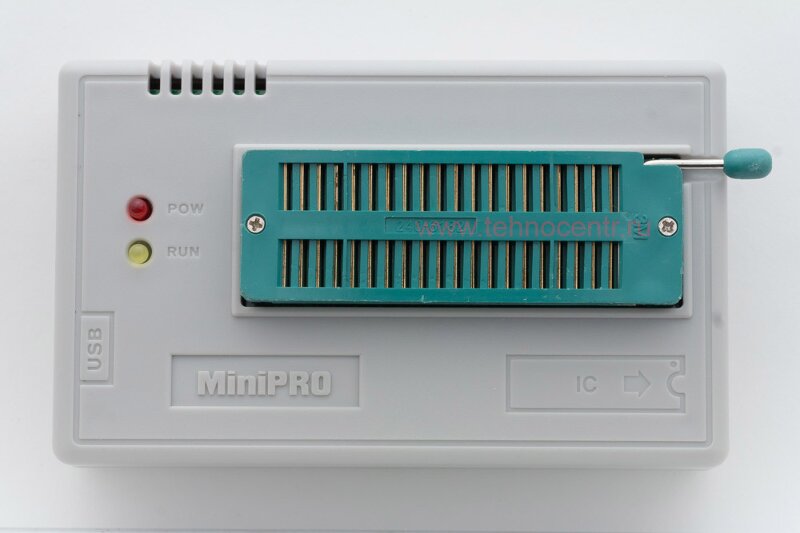
A universal parallel programmer that supports over 13,000 integrated circuits. It’s most commonly used for automotive ECU chip tuning and odometer “correction.” It’s also used to reflash motherboard BIOS chips and ICs in household appliances.
The MiniPro TL866CS connects via USB. Drivers are available for a range of Windows versions—from Win2K to 64‑bit Windows 8. It should work under Windows 10 as well, but based on personal experience we strongly recommend Windows 7 x86.
FT2232H USB 2.0 Hi-Speed breakout board
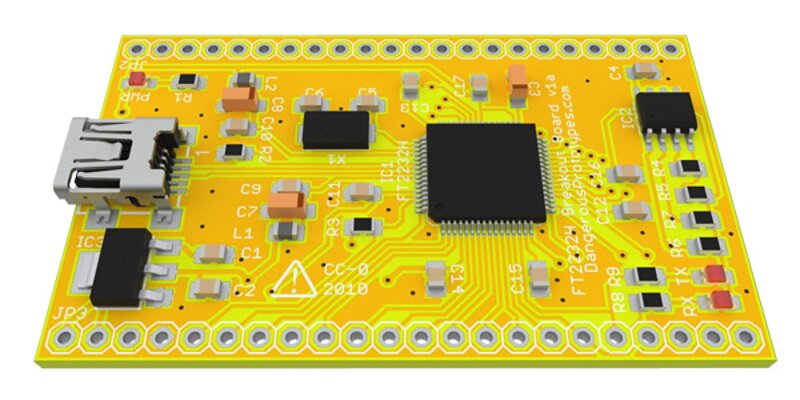
Boards based on the FTDI FT232 chip are handy, multi-purpose devices that let you tackle a wide range of hardware tasks. In particular, they can interface with an entire family of serial protocols: UART, SPI, I2C, and JTAG.
A software bit-bang mode on an individual GPIO pin makes it easy to do simple things like toggling an LED, or to talk to a niche low-speed bus like 1-Wire (https://github.com/dword1511/onewire-over-uart). By simply driving the pin low and high (toggling its level), you can implement software support for SPI, JTAG, AVR ISP, and I2C.
A basic FT232RL-based board is dirt cheap these days, but don’t rush to buy it: bit-bang mode severely limits interface throughput because it’s software-driven. It’s better to spend a couple more bucks and get a programmer based on the FT232H. Or look for one on AliExpress.
The reason is the MPSSE mode implementation in the FT232H (Multi-Protocol Synchronous Serial Engine). This technology enables hardware-level emulation of the aforementioned interfaces, resulting in a significant performance boost.
An FT232H board can do 12 Mbaud over UART and up to 6 Mbaud using MPSSE. By comparison, the FT232R tops out at about 3 Mbaud in UART mode and under 1 Mbaud in bit-bang mode. So do yourself a favor and get the FT232H—you’ll save time and avoid the headaches of laggy bit-bang. And the best part: this high-speed gem is only about $27.
Bus Blaster v4
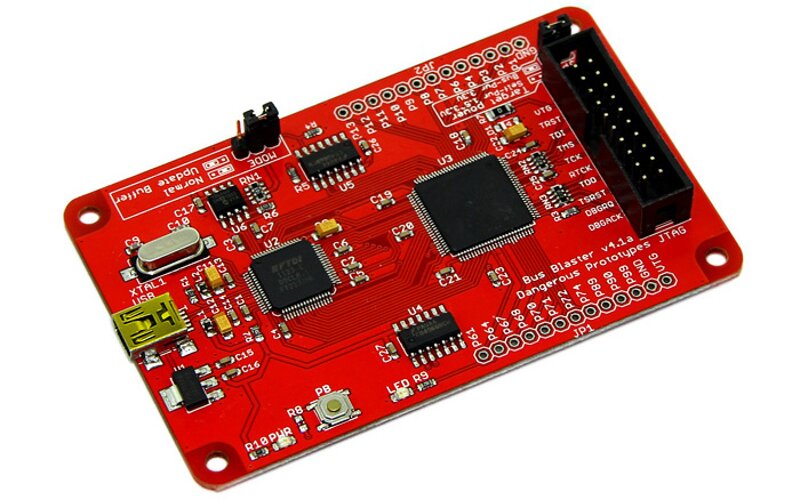
If the FT232H’s speed and capabilities feel too modest, take a look at devices based on the FT2232H. Essentially, it’s two FT232H cores in one package—meaning twice the interfaces and twice the speed. Most “branded” programmers are built on the 2232H.
Among off-the-shelf options, the Bus Blaster v4 is a solid choice and costs about $45. In addition to the FT2232H, the board includes a small Xilinx CPLD. This CPLD serves as a level-shifting buffer, converting 1.5–3.3 V logic to the 3.3 V expected by the FTDI chip. That lets you hook into mobile device interfaces, which typically run at 1.8 V for power efficiency. Better yet, the CPLD buffer can be reprogrammed to support different JTAG variants; for example, it can implement SWD, which is increasingly used in place of classic JTAG.
Another reason to favor the FT223H is the availability of a working example for interfacing with NAND using this chip. For details, see here and here.
On the software side, FTDI chips are supported by the popular OpenOCD debugger and the Flashrom programmer. There are also plenty of libraries for various programming languages, so you can build whatever’s missing yourself.
Pastilda
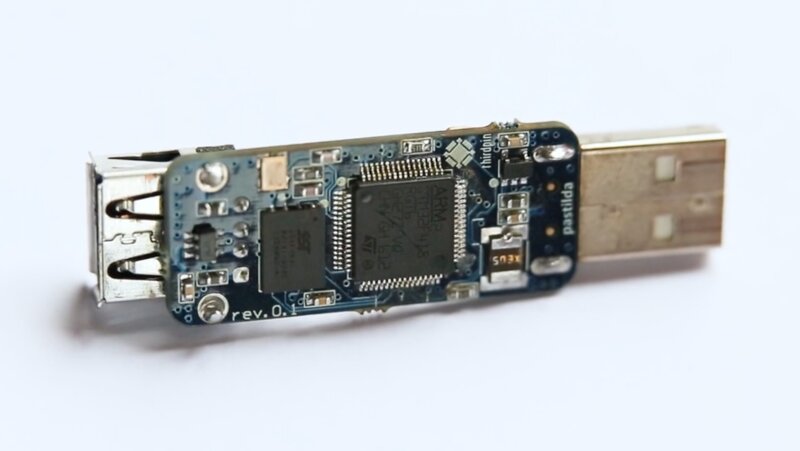
One of the standout representatives of the STM32 family is Pastilda, a hardware password manager. It’s a fully open platform designed to provide secure authentication in untrusted environments. Pastilda looks like an elongated USB stick with two USB ports—one for connecting a keyboard and the other for a cable to the computer.
Pastilda can operate in two modes: transparent and secure. In transparent mode, all keyboard scancodes are passed through over USB unchanged. In secure mode, it accesses a password database in KeePass format, which is decrypted only within Pastilda’s internal memory. Keyloggers and Trojans can’t get to it, because the computer still “sees” Pastilda as a keyboard.
Full disclosure: we haven’t tested this device, but its description caught our attention. The base model can be ordered for $65.
PulseRain M10
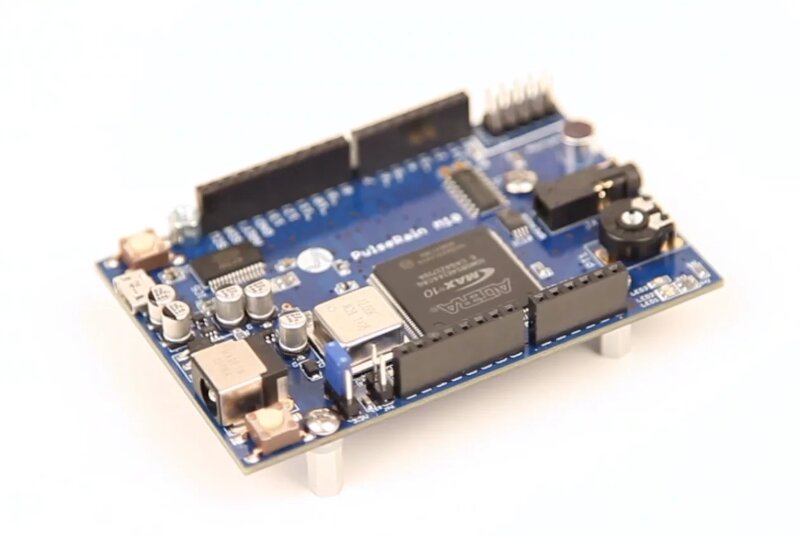
FPGA-based development boards are often used to expand the capabilities of single-board computers. They increase the number of available GPIO pins, offload part of the data processing, and pass the results to the main processor. With them, you can even turn a Raspberry Pi into a JTAG programmer.
PulseRain M10 is an interesting FPGA board currently in development. Unlike many alternatives, it offers an Arduino-compatible programming model and form factor. The PulseRain project is fully open source—from the board design to the system and application code. You can still snag a board on preorder for just $85. It won’t arrive by New Year, but keep it on your radar.
Xiaomi Mi Band 2
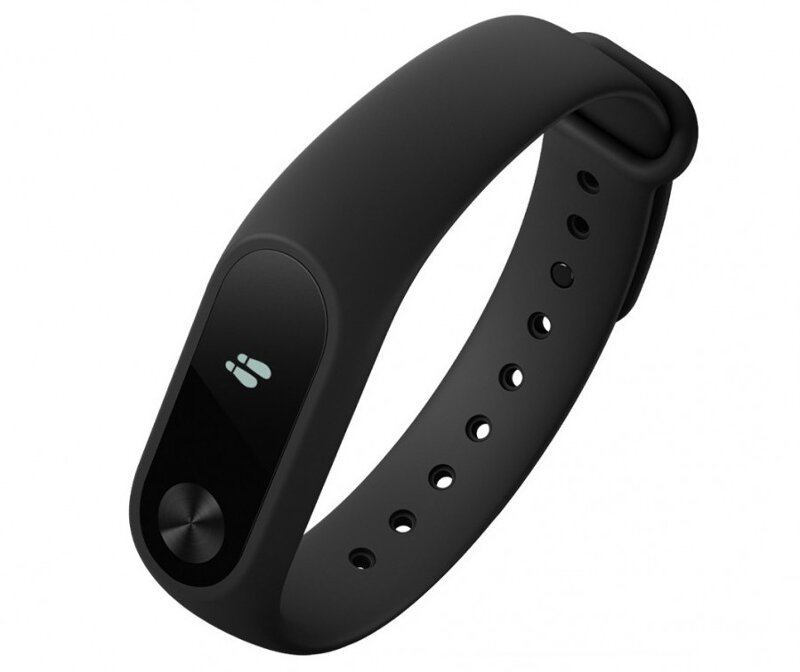
The Mi Band 2 has been on the market for years, yet it’s still a perfect gift for anyone who hasn’t picked up a smartwatch or fitness tracker. The band is virtually weightless, lasts up to a month on a single charge, tracks steps, heart rate, and sleep stages, gently wakes you in the morning, and notifies you about calls, SMS, and events from any app. It’s water-resistant, works with both iPhone and Android.
Nokia Steel HR
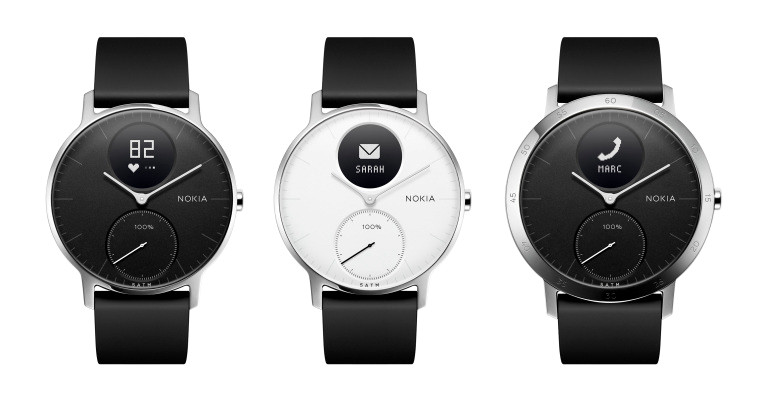
Withings, now owned by Nokia, makes smart scales, thermometers, and blood-pressure monitors—but those aren’t exactly the most cheerful gifts, especially if your friend actually needs one. A stylish watch that also doubles as a step counter, sleep tracker, and heart-rate monitor is a much better pick.
PocketCHIP

This is a dock for the C.H.I.P. single‑board computer, built around an Allwinner K8 SoC. PocketCHIP adds a touchscreen display (480 × 272) with LED backlight, a miniature QWERTY keyboard, and a lithium‑polymer battery—all in a lightweight transparent case. PocketCHIP also includes video output and a 1/8″ headphone jack. The GPIO pins are easily broken out for attaching various peripherals. The UART pins provide debug access to the C.H.I.P. itself.
For about $70, you can pick up a hardware hacking terminal—a credit card–sized microcomputer that can run for up to five hours on battery. It features an ARMv7 CPU at 1 GHz, 512 MB of RAM, a Mali-400 GPU, Wi‑Fi and Bluetooth, and, most importantly, programmable I/O plus a built-in display and keyboard.
Hold on—did we say “you can buy it”? Unfortunately, not right now: orders are on hold until the next batch arrives. What you can buy (and even gift) is a license for the PICO-8 fantasy retro console emulator, which PocketCHIP was built around.
Sparrows Lock Picks
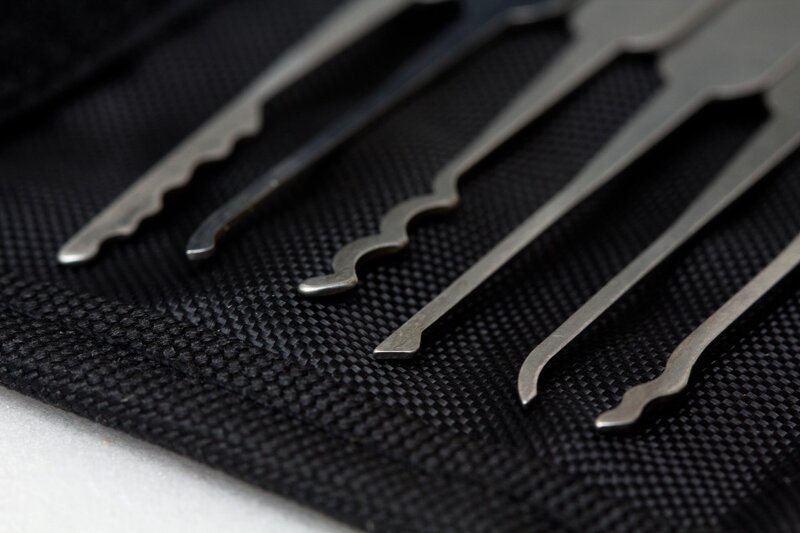
Lockpicking—a long-standing hacker pastime—is mostly just for fun. You can pop simple locks with a paperclip, but for trickier mechanisms you’ll want proper picks. There are different tools for different lock types, and they’re legal to buy in many countries. For beginners, the Sparrows Lock Picks starter set is a solid choice. Locks and pick sets starting around $20 a pack will warm the heart of any novice lockpicker.
TP-Link WN722N
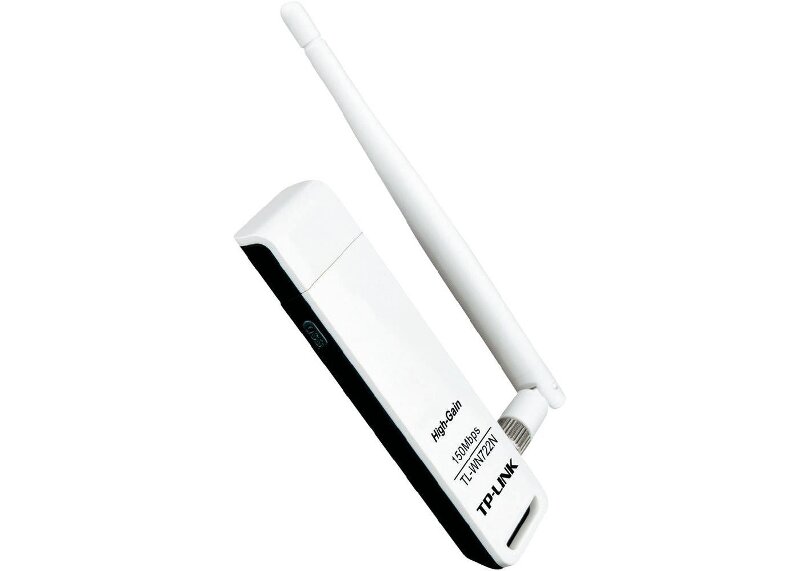
If you want a practical gift that’ll actually be useful, the TP-Link TL-WN722N Wi‑Fi adapter is a great pick. A dongle based on an Atheros chipset lets you run a wide range of Wi‑Fi attacks. Its low power draw means you can hook it up to Android devices via USB OTG. The adapter is cheap, but make sure you get hardware version 1.x. Unfortunately, version 2 switched to the Realtek RTL8188EUS chipset.
GL-MiFi
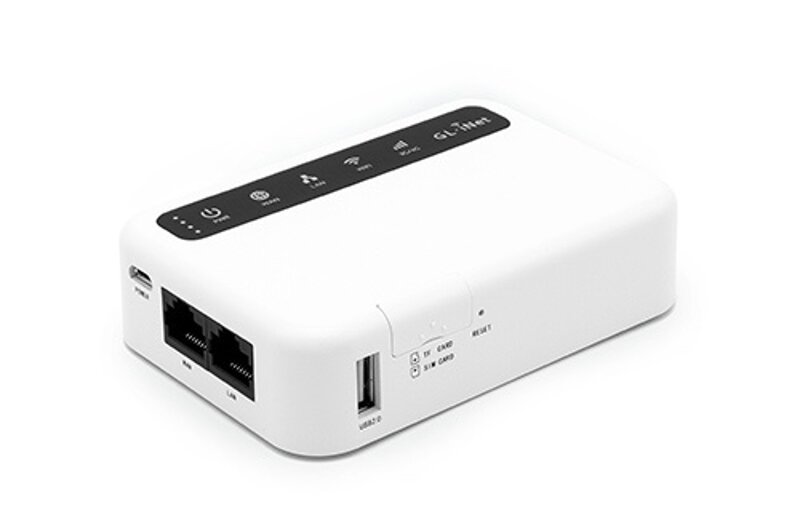
A portable router that can share a cellular data connection is a handy gadget whether or not the recipient plans to use it as a hacking tool. The GL‑MiFi is a small box built around an Atheros AR9331, with a mini‑SIM slot, a battery, and optionally a pair of external whip antennas.
If you’re looking to get a mobile, privacy-friendly router—or build your own WiFi Pineapple—MiFi is the way to go. A solid Atheros AR9331 paired with a Quectel EC20/EC25 modem makes for an excellent, budget-friendly device.
OpenWRT/LEDE builds cleanly for the Atheros SoC, and the vendor ships OpenWRT-based firmware by default. You can also download prebuilt images with Tor support from the vendor’s website. However, it’s better to build the firmware yourself and augment it with tools from WiFi Pineapple.
For tools and guides on converting any compatible router into a “Pineapple,” see Oleg Kupreev’s repository, one of this article’s authors.
By the way, the Quectel EC20/EC25 modem deserves special attention because it’s currently the most hackable. In other words, you can modify the firmware to suit your needs, change the IMEI, or even build an IMSI catcher. All of this and more is possible with this modem, thanks to its Qualcomm MDM9615 chipset.
Another bonus: the modem’s built-in GPS/GLONASS receiver lets you use the router to build your own Wi‑Fi map with Kismet + GPSD. The router is an obvious must‑have—it’ll definitely come in handy.
Fully loaded, the GL‑MiFi runs about $100.
WiFi Pineapple

A well-known device for quickly launching Wi‑Fi Man‑in‑the‑Middle (MitM) attacks. It masquerades as another access point (for example, an open café hotspot) and harvests traffic from the wireless devices of unsuspecting users.
Technically, the WiFi Pineapple is a compact router running OpenWRT with three network interfaces: one LAN and two WLAN. Both wireless interfaces can be switched to monitor mode. The firmware includes Karma, PineAP, and other offensive tools (the bundle varies by version). The device even has tiny hardware switches on the chassis for launching common attacks.
The cheapest NANO Basic will set you back about 230. We’re not here to bash it (the Pineapple has plenty of fans), but in our view it’s overpriced. If that’s exactly what you want to gift, go for it. But it’s much more interesting to build something similar on GL.iNet routers.
GPD Pocket
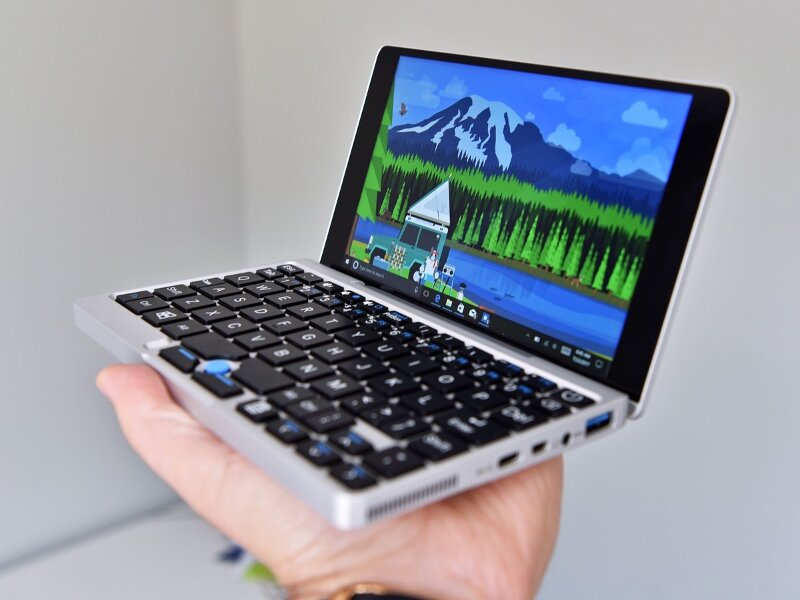
What do you know about miniaturization? Whatever your answer, the folks at GPD know a lot more. They’ve managed to cram a full-fledged laptop into a chassis the size of a seven-inch tablet. And it’s not some cut-down phone in a clamshell, but a solid system based on a quad-core Intel Cherry Trail X7-Z8700 with 8 GB of RAM, 128 GB of storage, two USB ports, HDMI out, and Windows 10 on board (or Ubuntu as an option).
Ockel Sirius B
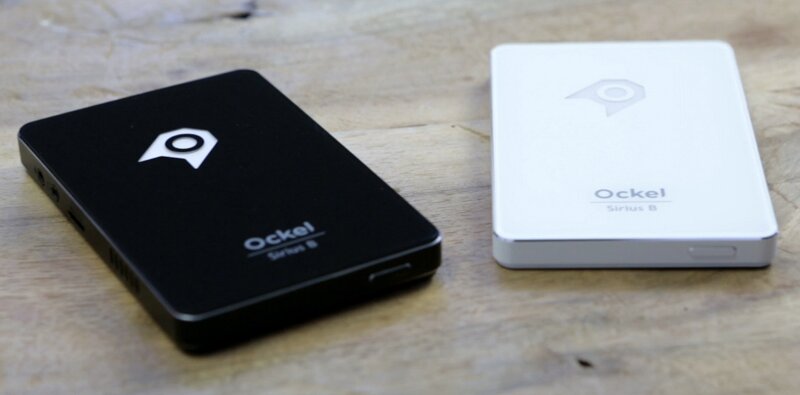
At first glance it looks like an external hard drive, but it’s actually a full-fledged PC running Windows 10. Pull it out of your pocket, hook up a monitor, keyboard, and mouse, and you’re ready to work. The specs match the size and price: 4 GB of RAM, 32 or 64 GB of flash storage, and an Atom x5‑Z8350 chip. It starts at $299, and you can arrange shipping to many countries if you order through Indiegogo.
Asus VivoStick PC
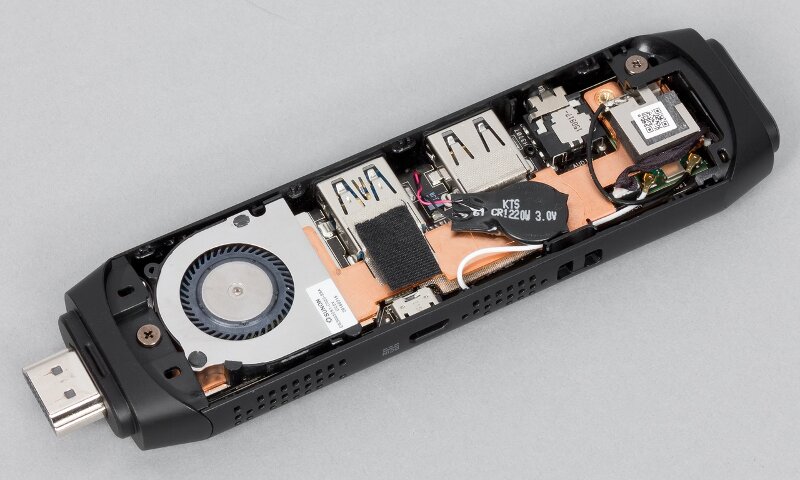
Another portable Windows 10 PC (Home edition), this time in an ultra-compact HDMI stick form factor. It does have two USB ports and an audio output on the side. Yes, 2 GB of RAM and 32 GB of flash storage are on the small side, and the Atom x5-Z8350 is hardly a speed demon. But it should be fine as a media center or for other light uses.
Lenovo X220
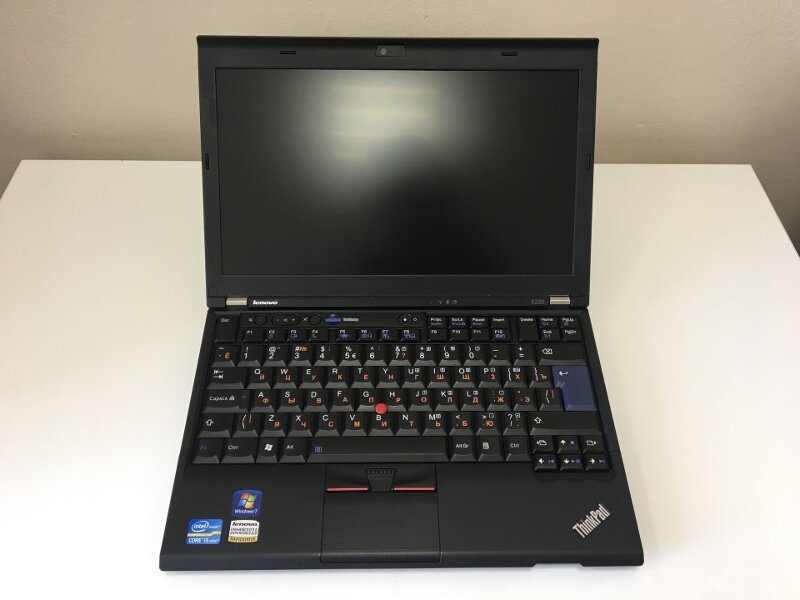
When it comes to gifts you’d actually want, a new laptop often tops the list. And if you’re spending gifted money, sometimes an older laptop will do just fine. Either way, we recommend the Lenovo X220.
This laptop is a timeless hacker classic. From the X201 to the X230—those iconic Lenovo ThinkPads—everything’s spot on, from the keyboard to how easily you can tear down and fix every last inch. Indestructible build, the option to upgrade to 16 GB of RAM, a WWAN (GSM) module, the ability to flash coreboot if you’re into firmware hacking, and plenty more. A reliable, battle‑tested machine.
At the Hacker magazine office, we’ve bought more than one X220. Before you buy, we recommend giving the machine a thorough inspection—and ideally opening it up to check the motherboard. You’ll probably find torn insulating paper, duct tape, missing bits, and a dead ThinkLight.
Oh, and don’t forget the stickers on the laptop lid—otherwise it won’t look legit :).
Tishric 60cm PCI-E extender
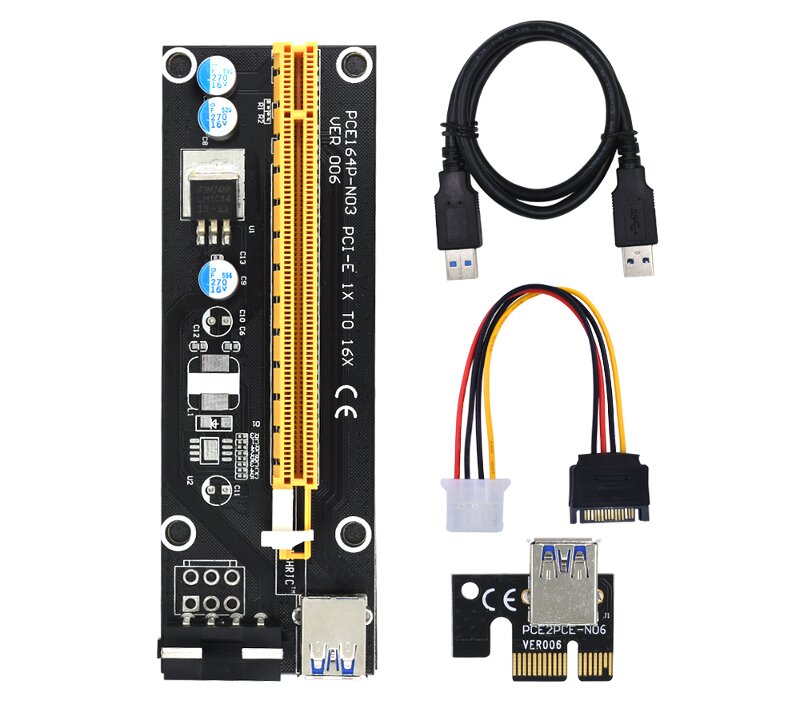
For 3 USD, this riser lets you hook up an additional graphics card with a PCI Express x16 interface via a PCIe x1 slot. It requires USB 3.0 ports for data and a SATA power connection. The included cable is 60 cm long. It lets you move a bulky, heat-heavy GPU outside the case. Scientific computing, mining, password cracking—GPUs always have compute‑intensive work to do.
Gerber Center-Drive Multi-Tool
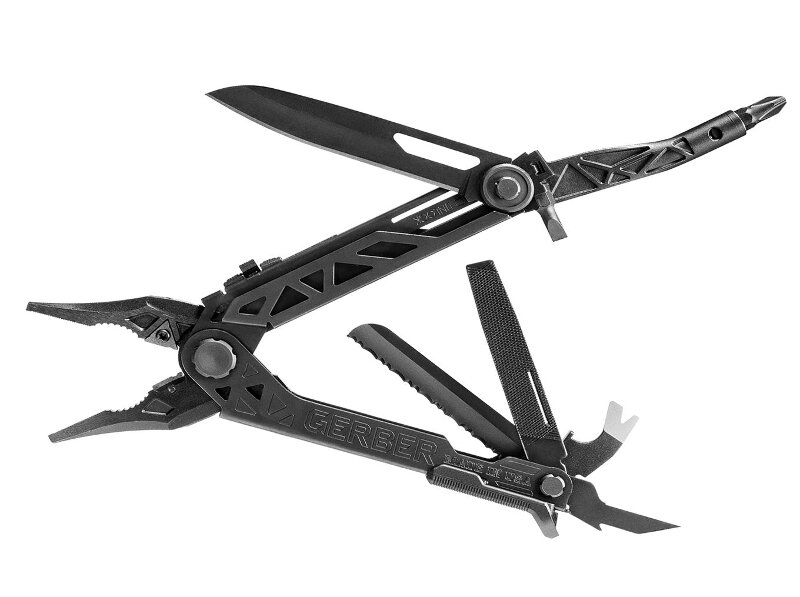
A good multitool is priceless, but the options are overwhelming. Beyond the well-known Leatherman and Victorinox, there are some unusual newcomers. For example, the American company Gerber recently released the Center-Drive, whose standout feature is a center-axis screwdriver. Needless to say, the screwdriver is arguably the most important tool in our line of work. It also includes pliers, a knife, a saw, a bottle opener, and other nice touches like integrated wire cutters in the pliers, an awl, and a holder for interchangeable bits. In total, the multitool offers 16 tools, plus a set of thirty driver bits. The price on Amazon is $85, and they can ship to many countries.
Leatherman Tread Bracelet
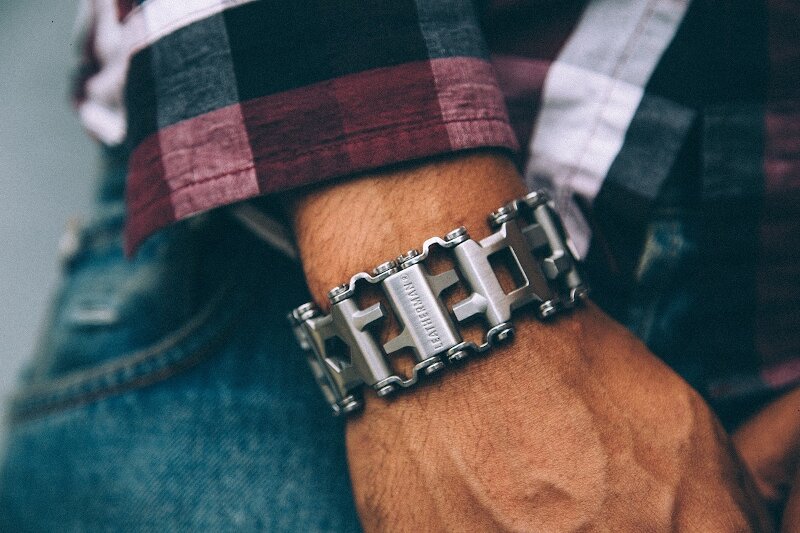
No, this stylish accessory didn’t wander into our roundup from Cosmopolitan. It’s part of a growing class of wrist-worn multitools. You take it off, pick the tool you need, and use the rest of the bracelet as a handle. The links are removable, so you can adjust the fit and choose the tools you actually want. The Leatherman Tread packs 29 tools: plenty of screwdrivers and wrenches, a couple of hooks, a bottle opener, a glass breaker, and a pin for ejecting a phone’s SIM tray. Finishes: black or stainless steel. Price: $175. Available with Amazon shipping.
iFixit Pro Tech Toolkit
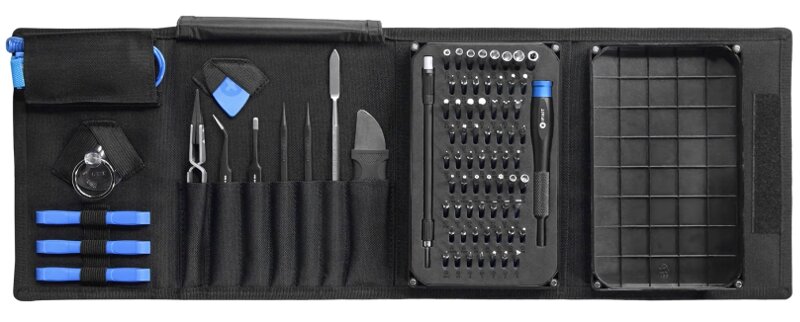
A solid toolkit will help you take apart just about anything. AliExpress has a massive selection, but if you want guaranteed quality, the obvious pick is iFixit’s Pro Tech Toolkit. It’s designed primarily for opening electronics like mobile phones, tablets, and laptops. It includes 70+ tools: a driver with interchangeable bits, spudgers/pry tools, an anti-static wrist strap, and more. The handy carrying case keeps everything organized. It goes for about $60, and they’ll ship to many countries.
Hakko Soldering Station with T12 Tips

The Hakko soldering station is a great upgrade from the junk you, your buddy, or that ultra-capable friend have to make do with whenever something needs soldering. Beyond being portable and looking slick, these stations offer several advantages:
- Heats up in a couple of seconds
- Holds temperature well
- Per-tip calibration
- Firmware can be reflashed (STM32-based controller)
- Can be assembled from a kit (for the DIY-inclined)
In short: soldering with Hakko and T12 tips is easy and satisfying, and calibration lets you dial in the tip temperature to within a single degree. A tip costs about 1,750 RUB, stations start at around 15,000 RUB, and it’s worth it. Goodbye, Lukey—hello, Hakko!
[ Affordable KSGER Soldering Station and APPA MultimeterIf you’re looking for low-cost, compact gear for hardware tinkering, check out these two:
- Soldering station: KSGER V2.01 T12 STM32 OLED Soldering Station (STM32-based), about $45.
- Multimeters: APPA iMeter card-type multimeters. Prices vary.
